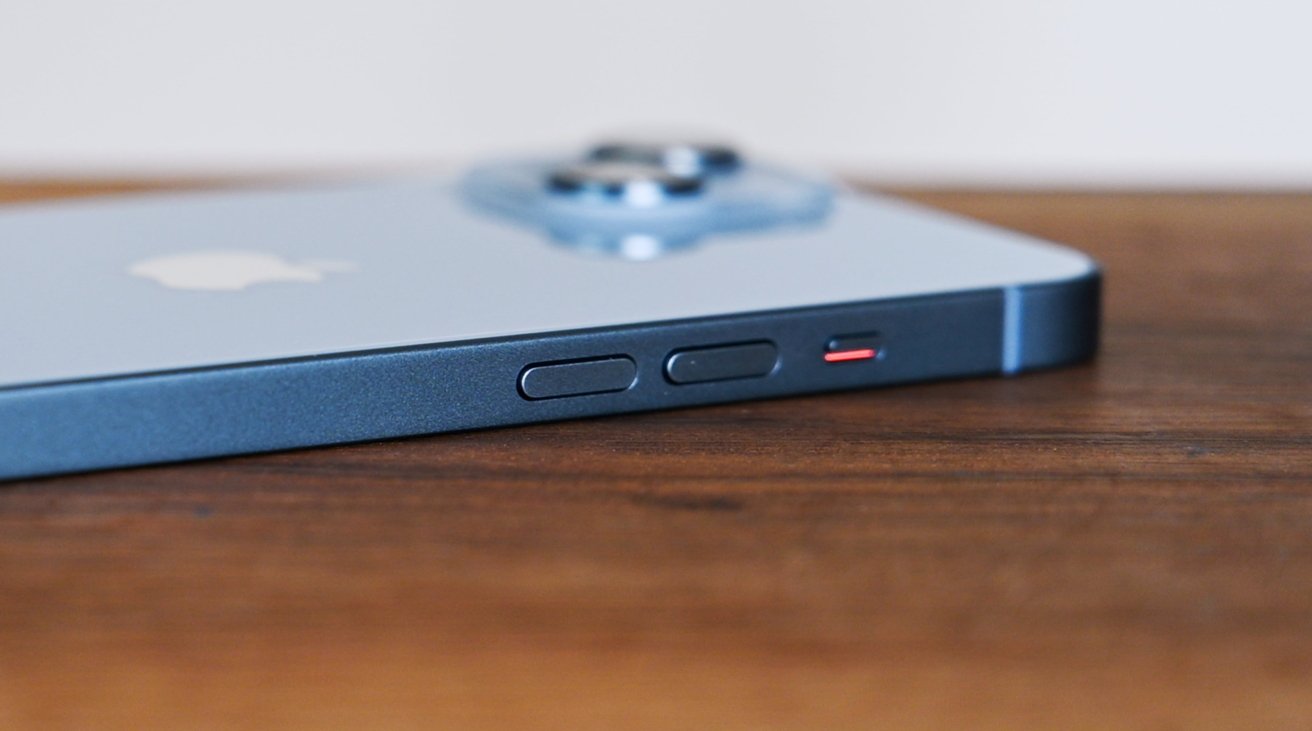The iPhone 15 Pro could have its mechanical buttons replaced, according to analyst Ming-Chi Kuo, with the volume and power buttons potentially changed to solid-state versions.
Apple's iterative updates to the iPhone line has largely steered clear of changing the power and volume buttons from their current workings. However, while the existing power button and volume buttons can move as they're pressed, the Pro model of the iPhone 15 may switch this out for something different.
Friday morning tweets from TF Securities analyst Ming-Chi Kuo reveals a supply chain survey indicating the volume button and power button of the Pro models arriving in 2023 "may adopt a solid-state button design."
(1/6)
— (Ming-Chi Kuo) (@mingchikuo) October 28, 2022
My latest survey indicates that the volume button and power button of two high-end iPhone 15/2H23 new iPhone models may adopt a solid-state button design (similar to the home button design of iPhone 7/8/SE2 & 3) to replace the physical/mechanical button design.
The change will switch out the movable buttons for ones that are static, but will apparently operate similar to Apple's Home button design in the iPhone 7, iPhone 8, iPhone SE 2, and iPhone SE 3. This involves a non-movable button, with a short buzz simulating the feedback of pressing the button down.
The change will apparent mean that Apple will place Taptic Engines on the left and right sides of the iPhone, so that they can vibrate close to where the button is placed for maximum effect. This will also increase the number of Taptic Engines in use per iPhone from one to three units.
"As a result, the existing Taptic Engine suppliers, Luxshare ICT (1st supplier) and AAC Technologies (2nd supplier) will be significant beneficiaries," writs Kuo.
An expected byproduct of the shift is that other "high-end Android smartphones will also follow Apple's design to create new selling points." This is viewed by Kuo as a "structural positive" for haptic feedback component suppliers.
 Malcolm Owen
Malcolm Owen




-xl-m.jpg)


-m.jpg)






 Amber Neely
Amber Neely
 William Gallagher
William Gallagher


 Mike Wuerthele
Mike Wuerthele


 Thomas Sibilly
Thomas Sibilly







9 Comments
Is this “news”. Yawning. Boring.
I'm trying to imagine what the advantage is. I get that solid sate buttons would represent fewer mechanical parts to break down, but then the suggested addition of multiple taptic engines sort of negates that, doesn't it? Plus, those things would use up more of the very limited real estate inside the box. So while I can believe the solid state button part, I think the extra taptic engines part is probably not true.
Perhaps none of it is true, and there is a new device in the pipeline generating orders for very small taptic engines and Apple leaked this fairly silly nugget to throw the "analysts" off the trail.
Here's hoping that the power and volume buttons are right opposite one another so I can't change the volume without powering the phone off.
Need to hear more description of what the design is.
I agree with AppleZulu that adding two more linear oscillators won't make it more robust. Depending on what is being vibrated, it won't be more water resistant either. Adding anything requiring active electrical signaling just makes everything more complicated.
Apple force touch trackpads move, or vibrate. There is a piezoelectric oscillator that vibrates the trackpad horizontally, with load cells to determine that the user is pushing down. When pushing down, the horizontal vibration creates the illusion of the trackpad being clicked down. If it is like this, they have to miniaturize what is essentially the force touch trackpads down to a small button size.
The old iPhone haptic home button may have had a load cell on it, I don't recall. The illusion of pushing down on the home button wasn't as good as the trackpads because you could feel the whole phone vibrate. If it was solely at the finger tip it would have been a better illusion of clicking down like a button. It was good enough to work though.
Kuo didn't say capacitive buttons, so they presumably won't be your typical capacity button. What's the point of adding more linear oscillators for the just these buttons? Seems like a lot of work for really no real gains.
Lastly, if they had a enough linear oscillators and are able to figure out how the vibrations interact on the display glass, they possibly could create an illusion of the glass having texture or pinpoint a vibration at an onscreen button location. So, you could tap an onscreen button and have feel like you are pushing something.